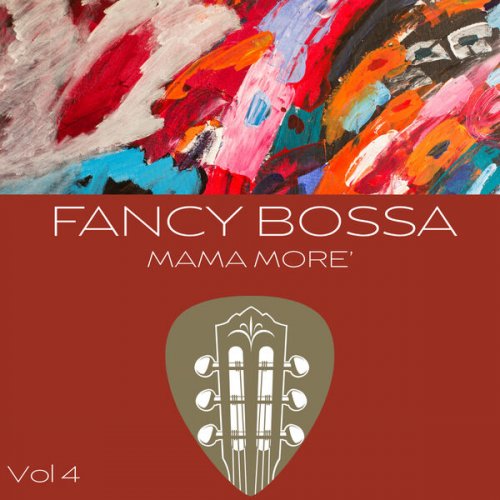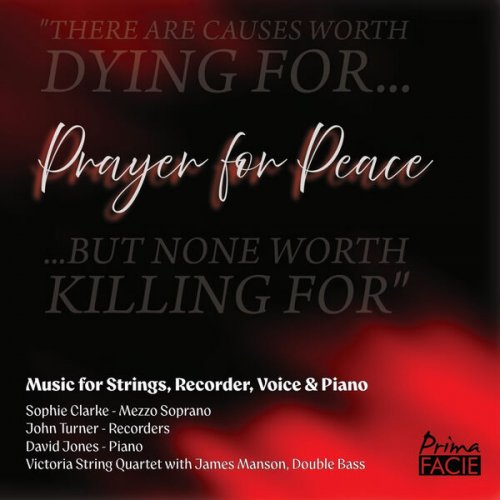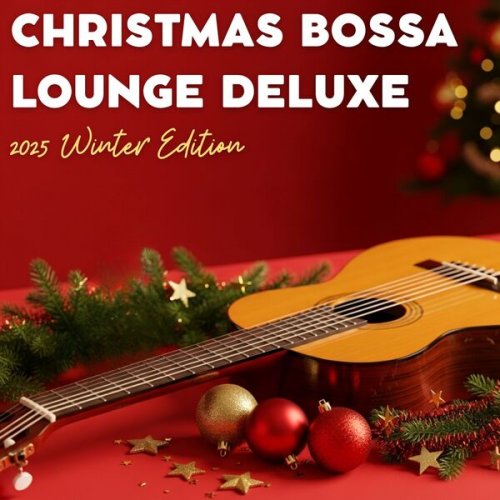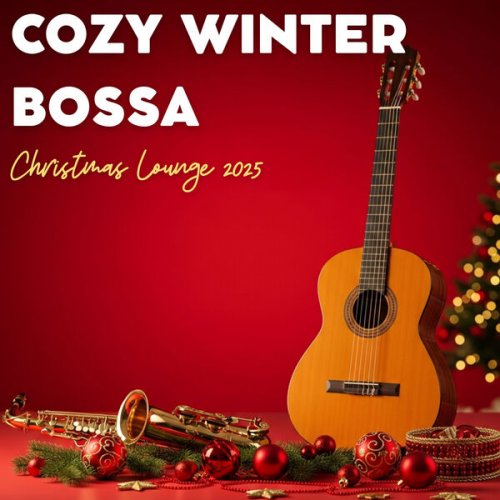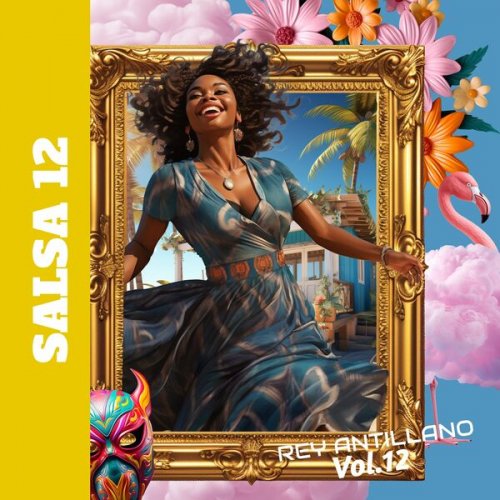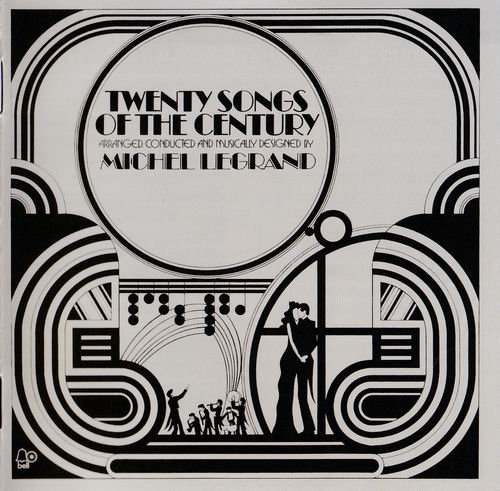Trio Caroli, Enzo Caroli, Livio Caroli, Anna Martignon - Musical Portraits (2017)
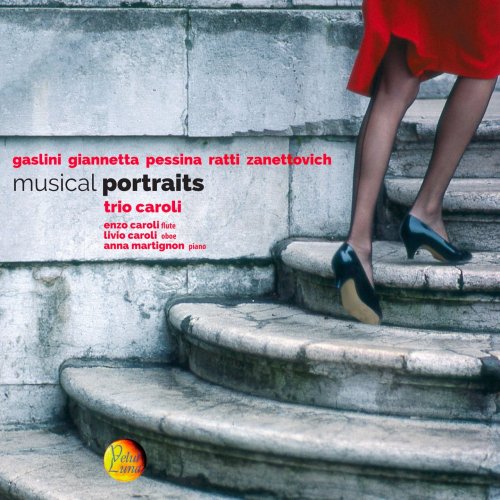
Artist: Trio Caroli, Enzo Caroli, Livio Caroli, Anna Martignon
Title: Musical Portraits
Year Of Release: 2017
Label: Velut Luna
Genre: Classical
Quality: flac lossless (tracks)
Total Time: 00:50:17
Total Size: 233 mb
WebSite: Album Preview
TracklistTitle: Musical Portraits
Year Of Release: 2017
Label: Velut Luna
Genre: Classical
Quality: flac lossless (tracks)
Total Time: 00:50:17
Total Size: 233 mb
WebSite: Album Preview
01. Moto velocetto perpetuo
02. Modus per flauto, oboe e pianoforte
03. The Dark Day, a Little Symphonic Poem for Flute, Oboe and Piano, Op. 106
04. Dodici miniature per flauto, oboe e pianoforte, Op. 12: No. 1 in G Minor
05. Dodici miniature per flauto, oboe e pianoforte, Op. 12: No. 2 in C-Sharp Minor
06. Dodici miniature per flauto, oboe e pianoforte, Op. 12: No. 3 in C Major
07. Dodici miniature per flauto, oboe e pianoforte, Op. 12: No. 4 in F-Sharp Minor
08. Dodici miniature per flauto, oboe e pianoforte, Op. 12: No. 5 in F Major
09. Dodici miniature per flauto, oboe e pianoforte, Op. 12: No. 6 in B Minor
10. Dodici miniature per flauto, oboe e pianoforte, Op. 12: No. 7 in B-Flat Major
11. Dodici miniature per flauto, oboe e pianoforte, Op. 12: No. 8 in E Minor
12. Dodici miniature per flauto, oboe e pianoforte, Op. 12: No. 9 in E-Flat Major
13. Dodici miniature per flauto, oboe e pianoforte, Op. 12: No. 10 in A Minor
14. Dodici miniature per flauto, oboe e pianoforte, Op. 12: No. 11 in A-Flat Major
15. Dodici miniature per flauto, oboe e pianoforte, Op. 12: No. 12 in D Minor
16. Sei canzoni andaluse: No. 1, Malaguena
17. Sei canzoni andaluse: No. 2, Fandaguillo
18. Sei canzoni andaluse: No. 3, Villancico
19. Sei canzoni andaluse: No. 4, Sevillana
20. Sei canzoni andaluse: No. 5, Petenera
21. Sei canzoni andaluse: No. 6, Tanguillo
Giorgio Gaslini (1929-2014) Moto Velocetto Perpetuo ?With a vaguely Paganini-like assonance, it represents a continuous flow of agile lines traversing the score, with a counterpoint of nervous twitches and, here and there, of resonant chorale? Giorgio Gaslini (2006) Domenico Giannetta (1974) MODUS (2008) ?This piece, which takes a tripartite form (Con moto ? Poco Andante ? Tempo I), is characterized by a ruefully elegiac tone with themes based on fragments of an octatonic scale, a densely woven counterpoint and the temporal relationships of note values, recalling the modus (longa and brevis divisions) in 14th-century musical theory. Modus is dedicated to the Trio Caroli.? Domenico Giannetta (2017) Giuseppe Ratti (1965) The Dark Day (2006) The Dark Day was written in 2006 and was commissioned by the Caroli brothers, to whom it is dedicated. The piece is a revisitation of the ?dark day? of September 2001 when the Twin Towers in New York were attacked, and considers those tragic events from the perspective of five years later. By means of a distancing effect similar to that of a black-and-white postcard, the dramatic intensity of those moments is replaced by the atmosphere of melancholy and desolation hanging over the disaster site today. The flute and oboe, symbolizing the two towers, intertwine and weave their notes together into a single voice that slowly ascends towards the sky. As the two instruments pursue each other, the melancholy theme is transformed into a harsh and violent canonic passage through which can be heard desperate cries, emblematic of that terrible day. In a subtly nostalgic finale, the main theme returns in the form of a ?stately? fortissimo that leads us to an acknowledgement of the indestructibility of two fundamental concepts for mankind: ?freedom and future?. Giuseppe Ratti (2017) Paolo Pessina (1969) 12 Miniatures Op.12 (1996) The '12 Miniature Op.12 ', composed in 1996, follows a very coherent tonal and structural scheme. Each of the 12 pieces is gravitated to one of the 12 tones of the chromatic scale according to this specific tonal design: 1. 2. 3. 4. 5. 6. 7. 8. 9. 10. 11. 12. g min c# min C f# min F b min / B Bb e min Eb a min Ab d min From the point of view of the technical (and poetic) language, the use of a well-defined tonal path and the balanced distribution of dance rhythms (with contrasting character, direction and dynamics) create a kaleidoscopic unicum. This is not just a simple set of twelve pieces but rather a split composition (subdivided) into 12 moments describing different shades, sides and aspects. Each of the 12 Miniatures is a tile that completes the final frame. The miniature No. 1 in g minor has the melancholic character of a mechanical waltz in which the piano introduces the atmosphere with simplicity leaving the flute and the oboe the task of enunciating the theme (a true initial motto of a few notes ) which will then recur in the subsequent miniatures. Miniature No.2 in c sharp minor, in 5/4 time, is based on an obstinatum (repeated Bass) on which overlapping canonical imitation games. The miniature No. 3 in C major is a brilliant Scherzino based on the timbrical and thematic contrast between the piano and the two winds. The miniature No.4 in f sharp minor is written in the form of an invention with a balanced distribution of the thematic material to the three instruments. The explosion of energy that characterizes miniature No. 5 in F major is given by an accented pulsation in the low notes of the piano, with repetitive chords, almost suggesting the impetus of a roaring lion. The 9/8 measure emphasizes this enthusiastic race. The mystery characterizes the miniature Nr.6. The tone of b here oscillates between the minor and the major with a swinging and syncopated rhythm of the melody on a constant pulsation of the rhythm. In miniature No.7 in B flat major is expressed the desire for an oasis of peace. Here the performers are asked for special sweetness. With the miniature No.8 in e minor [Andalusia] we return to the rhythms of dance with Mediterranean flavor. In miniature No.9 in E flat major dominates the quiet character and moderation, almost compensating for the excesses of emotion of the previous piece. With the miniature No. 10 in a minor, it is back to the popular dance flavor, this time of almost gipsy character, with a very brilliant writing for the flute and the oboe. The miniature No. 11 in A flat major is a small dream, an extremely slow and transfigured vision of Valse's idea, with a bit of sentimental irony. The last piece, miniature Nr.12, although in the key of d minor, has a melodic-chord structure that uses all 12 sounds in a series (strictly dodecaphonic) given by the succession of the hinge notes of each of the 12 miniatures (g, c#, C, f#, F, b, Bb, e, Eb, a, Ab, d). Of course, without giving up the dancing spirit, seriously amused, expressed by the initial waltz and summing up the themes of the previous miniatures in a sort of final final round. Paolo Pessina (2017) Daniele Zanettovich (1950) Six Andalusian Songs (2007) (2007)The Six Andalusian Songs was originally written as a short suite for guitar and was extremely simple both in technical and structural terms. Out of this was developed a (technically very demanding) concert version for marimba, followed by a version for flute, viola and harp, and finally, the present version for flute, oboe and piano. The subsequent ?versions? of Six Songs are in fact reworkings of the original piece, in which the basic characteristics of structural simplicity and immediacy are preserved intact. Each song keeps the character of the dance on which it is based, even in the short interpolations ? the initial Malague?a and the final Tanguillo ???that function as small cadenze ad libitum. Daniele Zanettovich (2017)
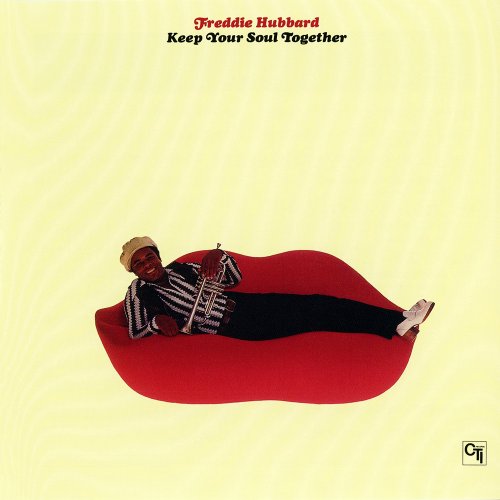

![Tomasz Stanko - Unit (Polish Radio Sessions vol. 2/6) (2025) [Hi-Res] Tomasz Stanko - Unit (Polish Radio Sessions vol. 2/6) (2025) [Hi-Res]](https://www.dibpic.com/uploads/posts/2025-12/1765796826_cover.jpg)
